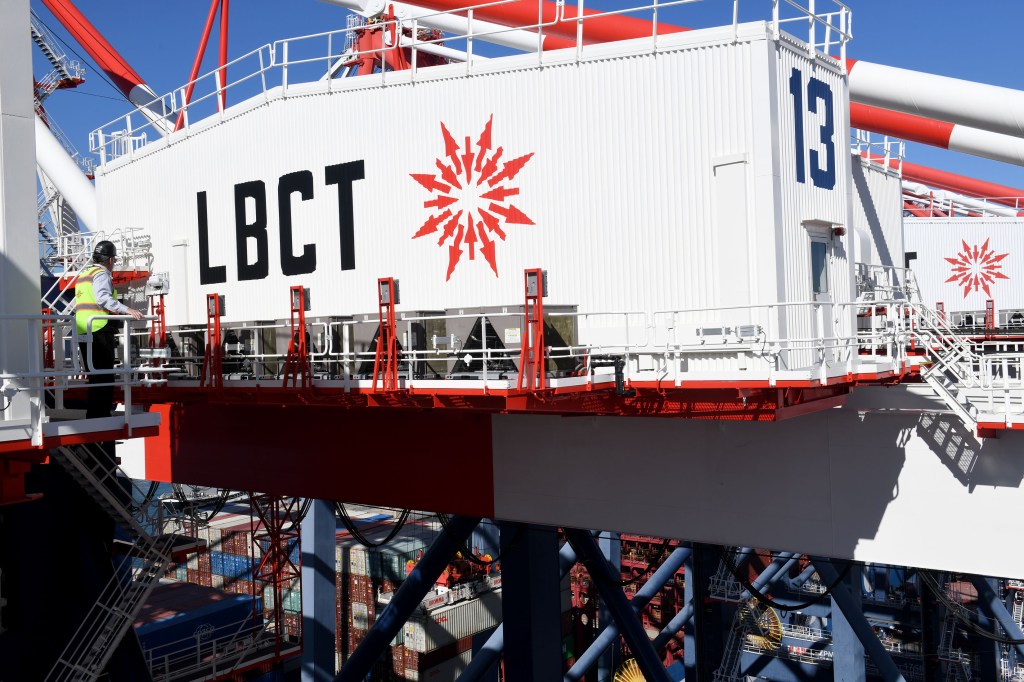The ports of Los Angeles and Long Beach have opened a public comment period on a draft assessment for new cargo-handling equipment technology that will help reduce air pollution and reach the ports’ joint zero-emissions goals set out in the Clean Air Action Plan.
Both ports have made commitments to reach zero-emissions goals for terminal equipment and drayage trucks by 2030 and 2035, respectively. The ports develop feasibility assessments every three years.
The draft 2024 feasibility assessment examines the current state of technology, operational characteristics, economic considerations, infrastructure availability and commercial readiness relating to cleaner cargo-handling equipment.
The report, posted at cleanairactionplan.org/strategies/cargo-handling-equipment, states that “millions of dollars in federal funding to replace and upgrade older diesel equipment ahead of state regulations, and our terminals are among the first to test out the latest zero-emissions yard tractors and cranes.”
The process involves assessing the readiness of battery-electric and hydrogen fuel cell yard tractors, top handlers, large-capacity forklifts, and rubber-tired gantry cranes to replace the internal combustion engine models at both ports.
To help achieve the scale of technology required for its CAAP goals, the ports have made significant investments and engaged industry manufacturers through the Technology Advancement Program. Since 2007, the ports and their partners have invested more than $431 million to support the commercialization of clean technologies.
Comments on the draft assessment will be accepted through Friday, Nov. 21, and can be emailed to caap@cleanairactionplan.org.
Updated in 2017, the CAAP is a comprehensive strategy for accelerating progress toward a zero-emissions future at the ports. Since 2005, according to port statistics, port-related air pollution emissions in San Pedro Bay have dropped 91% for diesel particulate matter, 72% for nitrogen oxides and 98% for sulfur oxides. Targets for reducing greenhouse gases from port-related sources were introduced as part of the 2017 CAAP. T
he document calls for the ports to reduce greenhouse gas emissions to 40% below 1990 levels by 2030 and 80% below 1990 levels by 2050. The Clean Air Action Plan was originally approved in 2006.

